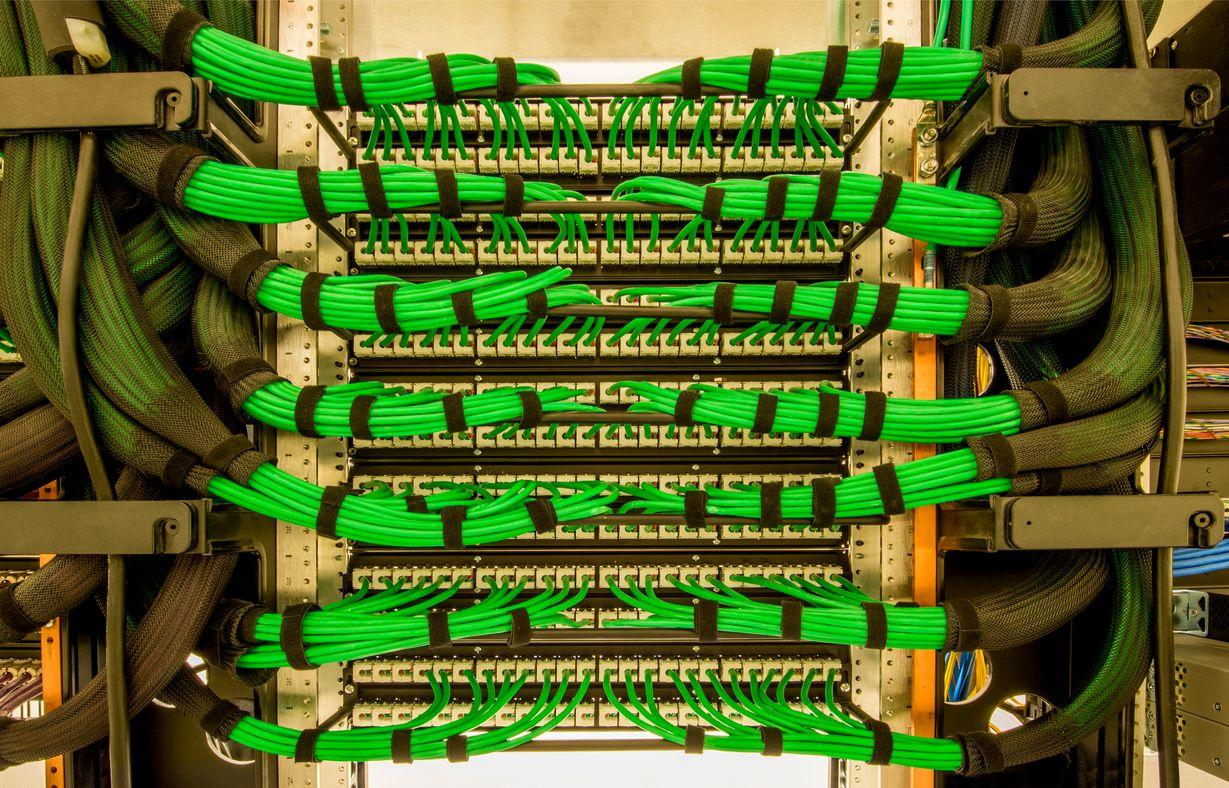SELECTING A STRUCTURED CABLING COMPANY & CABLING OPTIONS

NETWORK DESIGN & INTEGRATIONS
As networks become more sophisticated, they become more complicated, expensive to configure, monitor and maintain. Selecting a structured cabling company with experience in network design and integration into specialized networks is critical.
COST-BENEFIT ANALYSIS
When a company is exploring options to relocate, expand or upgrade its network, they should consider the cost of performance trade-off. In other words, “Is the increase in performance and network capabilities worth the cost?”
FIBER OPTIC OR CAT5 CABELING?
FIBER OPTIC CABLING
Mid-sized to Large Companies:
Fiber optic cabling is slowly becoming the standard for mid-size to large corporations with features that set it apart from other transmission media such as coaxial cables.
Fiber optic offers amazing speeds that can peak up to 1.05 PBps. Such speeds come from the idea that light travels at extremely fast speeds, hence, data can be transmitted with these speeds as well. Additionally, fiber is intolerant to eavesdropping.
CAT 5e & CAT 6 CABLING
Small Business to Mid-Sized Businesses:
There are two (2) primary choices for Ethernet cabling – Cat. 5e & Cat. 6.
Cat. 5e stands for Category 5 enhanced cabling and is made to support 1000 Mbps “gigabit” speeds. It also was designed to reduce the “crosstalk,” or interference that standard Cat. 5 cables experience. Cat. 5e cables deliver fast, reliable speed.
Cat. 6 cabling is capable of 10-Gigabit speeds and offers extra interference improvements. This speed is typically not necessary for home networks, but small businesses may require this level of cable, depending on network requirements. This is especially true if you are transmitting large files. If you upgrade to Cat. 6 cables, remember that you’ll also need to upgrade to a gigabit-capable router and gigabit-capable network to achieve these speeds.